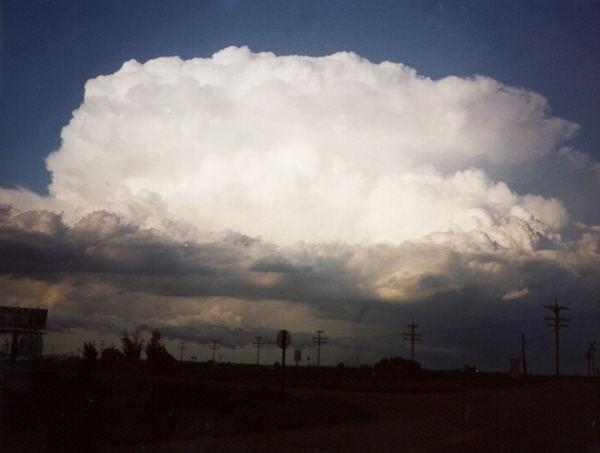Picture this: You’re stuck in traffic on a summer afternoon, checking the weather app on your phone as dark storm clouds roll in.
Picture this: You’re stuck in traffic on a summer afternoon, checking the weather app on your phone as dark storm clouds roll in. You might think about power outages or possible flooding, but you probably don’t think about how every lightning bolt that flashes across the sky also emits a gas, nitrogen oxide (NO), that is also emitted in the exhaust from your car’s engine.
Yet, that’s exactly what occurs during a thunderstorm. For the first time, scientists from the University of Maryland were able to detect lightning and its impact on air quality using high-frequency satellite observations, gaining valuable insight into how storms produce both pollution and critical chemical species that help cleanse Earth’s atmosphere.
Over the course of a few days in late June 2025, UMD Atmospheric and Oceanic Science Research Professor Kenneth Pickering and Associate Research Scientist Dale Allen used data captured by NASA’s Tropospheric Emissions: Monitoring of POllution (TEMPO) instrument to carefully monitor thunderstorms as they evolved while moving across the eastern United States. Launched in 2023, TEMPO typically tracks air pollutants across North America every hour from its perch 22,000 miles above Earth, but Pickering and Allen’s experiment allowed them to take rapid-fire measurements of the nitrogen dioxide associated with each storm at 10-minute intervals. With the instrument’s advanced capabilities, they were finally able to study complex processes as they happened in the air rather than piecing together clues after the fact.
Read More at: University of Maryland
An image of a pending storm taken during a field campaign (Photo Credit: UMD Research Professor Kenneth Pickering)




